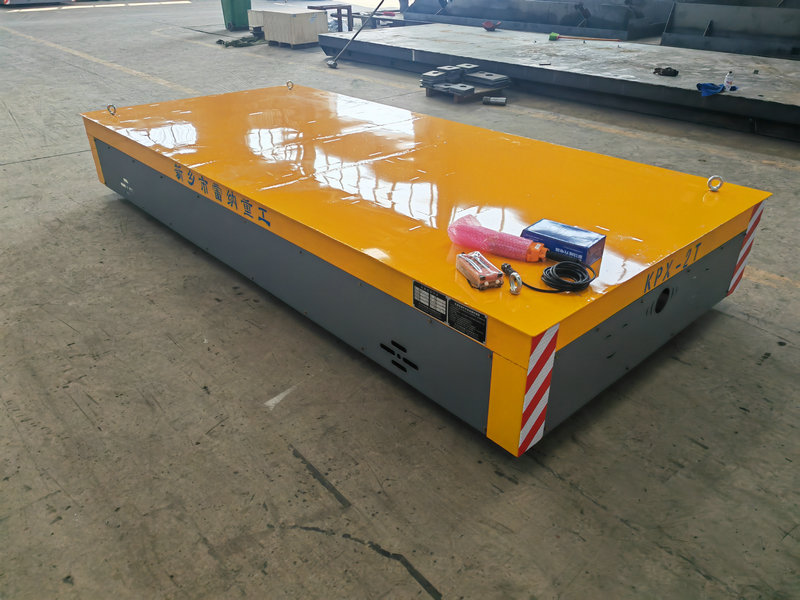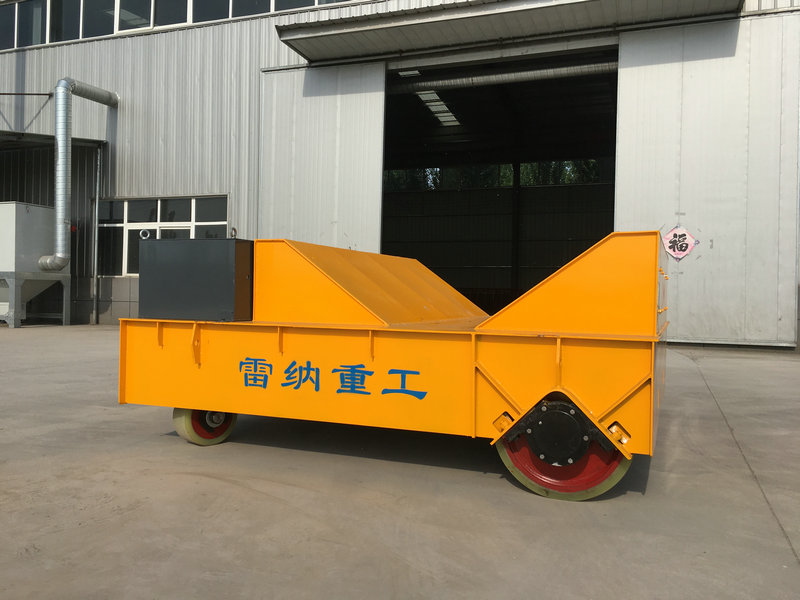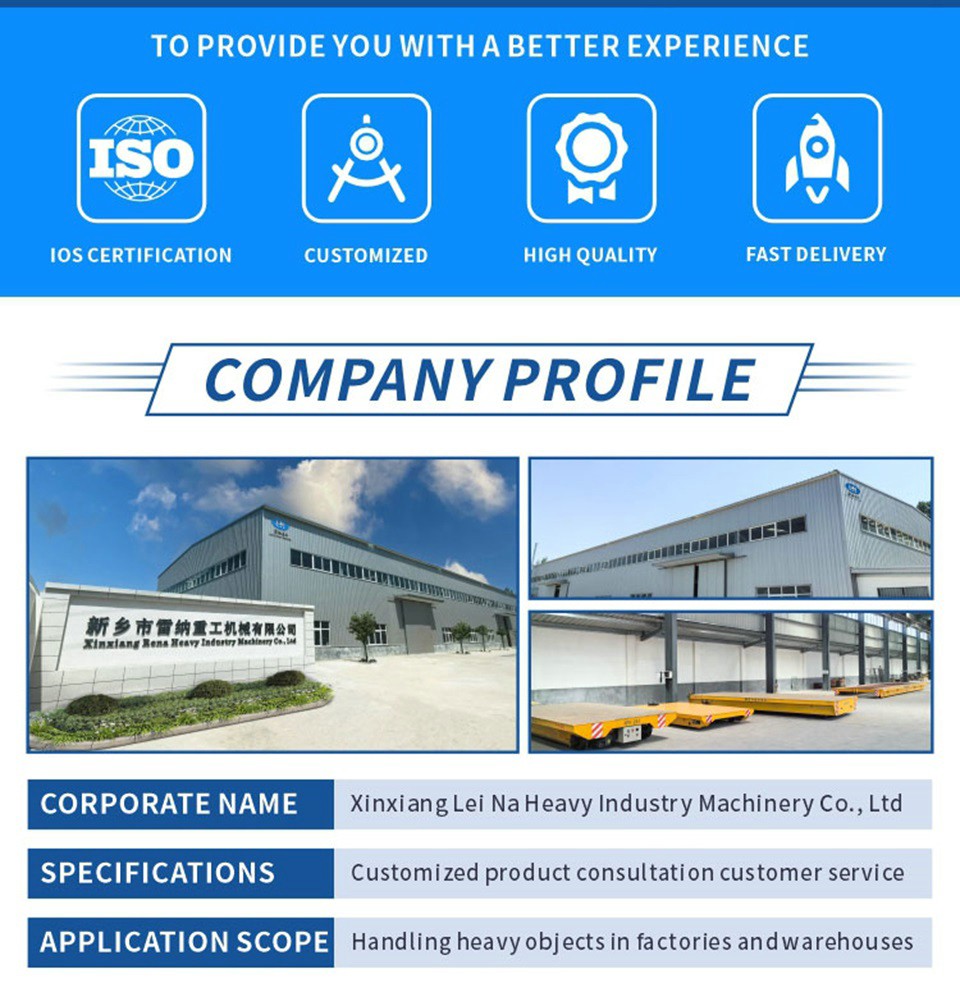LD wheels and angle box wheels are two common types of wheels in electric transfer cars, each with different characteristics and application scenarios.

1. LD wheels
Definition and use: LD wheels, shafts, bearings, and bearing boxes form a wheel group, which is mainly used to support cranes and loads, and to make cranes reciprocate on the track. It is an important part of the crane's walking part.
Advantages and characteristics:
Wide applicability: LD wheels are suitable for bridge and gantry cranes of various loads.
Economical: The price is relatively low and the cost performance is high.
Durability: The wheel hot forming adopts die forging technology, and the metal streamline distribution is more complete and reasonable, which prolongs the service life of the wheel.
Note: LD wheels are relatively noisy and may not be suitable for occasions with particularly strict noise requirements. In addition, when selecting LD wheels, it is necessary to consider the tonnage and operating environment of the crane to ensure the load-bearing capacity and service life of the wheel.

2. Angle box wheels
Structure and characteristics: The angle box wheel has a single rim and can rotate flexibly after assembly. This wheel has a simple structure and a high load-bearing coefficient.
Advantages and applications:
High precision: Angle box wheels are suitable for electric flat cars with high precision requirements.
Low noise: Compared with LD wheels, angle box wheels have lower noise and are suitable for occasions with strict noise requirements.
Easy maintenance: The wheels are relatively independent, and maintenance and repair are relatively convenient.
Notes: Although angle box wheels have many advantages, the troubles and price factors that may exist when adjusting the wheels should also be considered when choosing.
In summary, LD wheels and angle box wheels each have their own advantages and characteristics and are suitable for different applications. When choosing, it is necessary to make a comprehensive consideration based on the actual needs and operating environment of the electric flat car to ensure that the selected wheel type can meet the use requirements and has a good cost performance.







